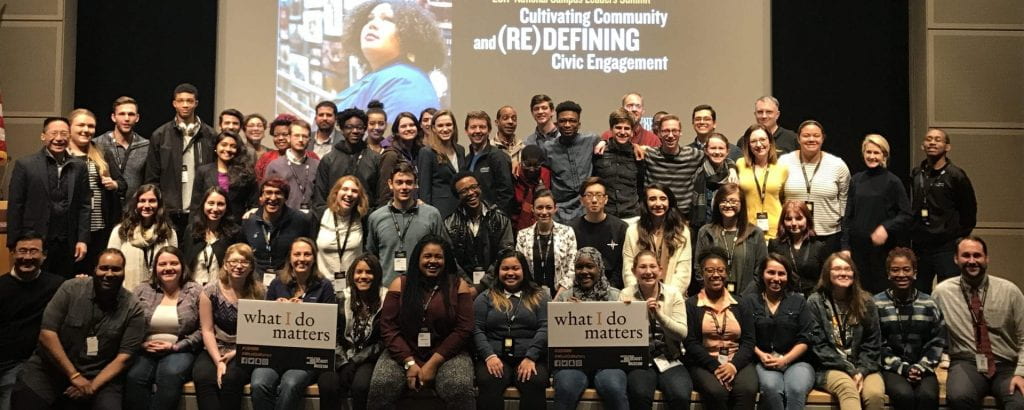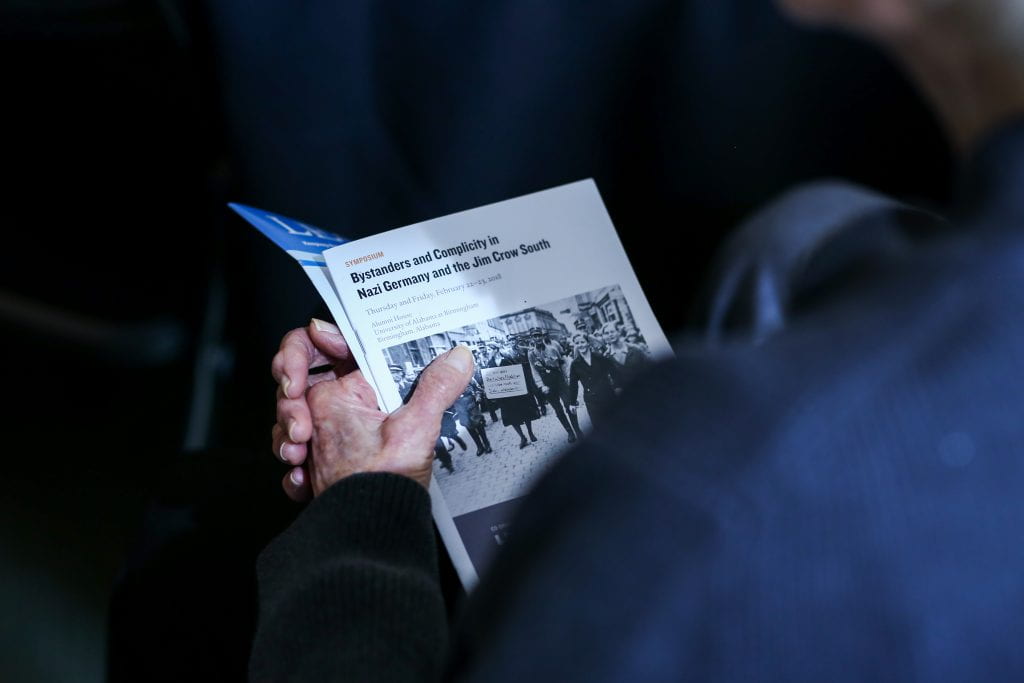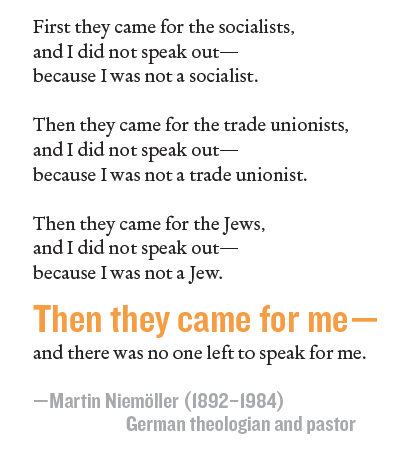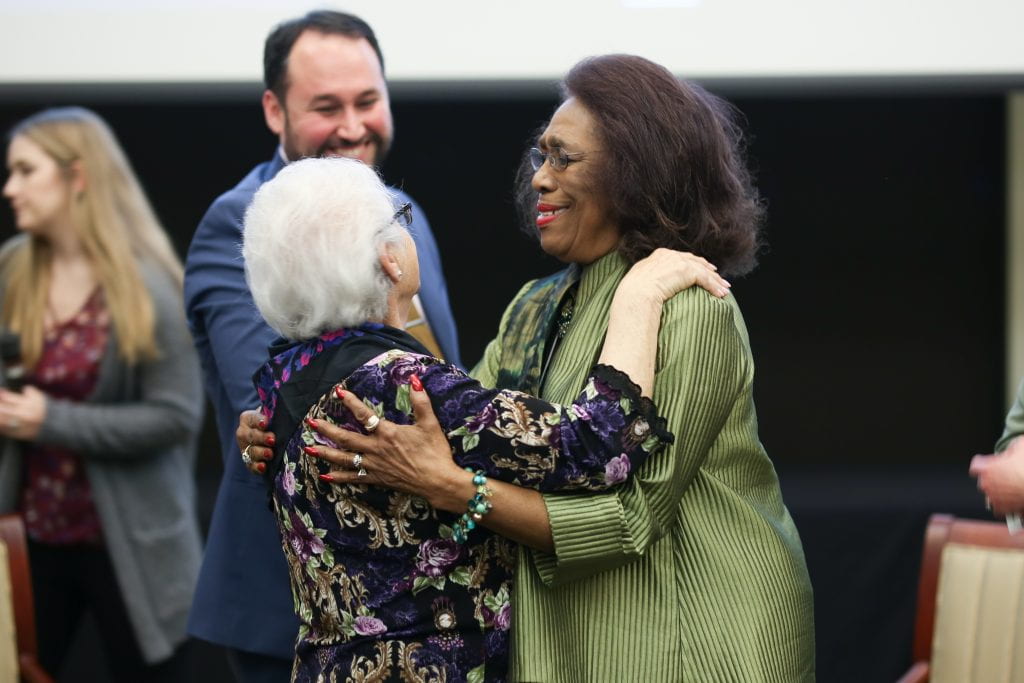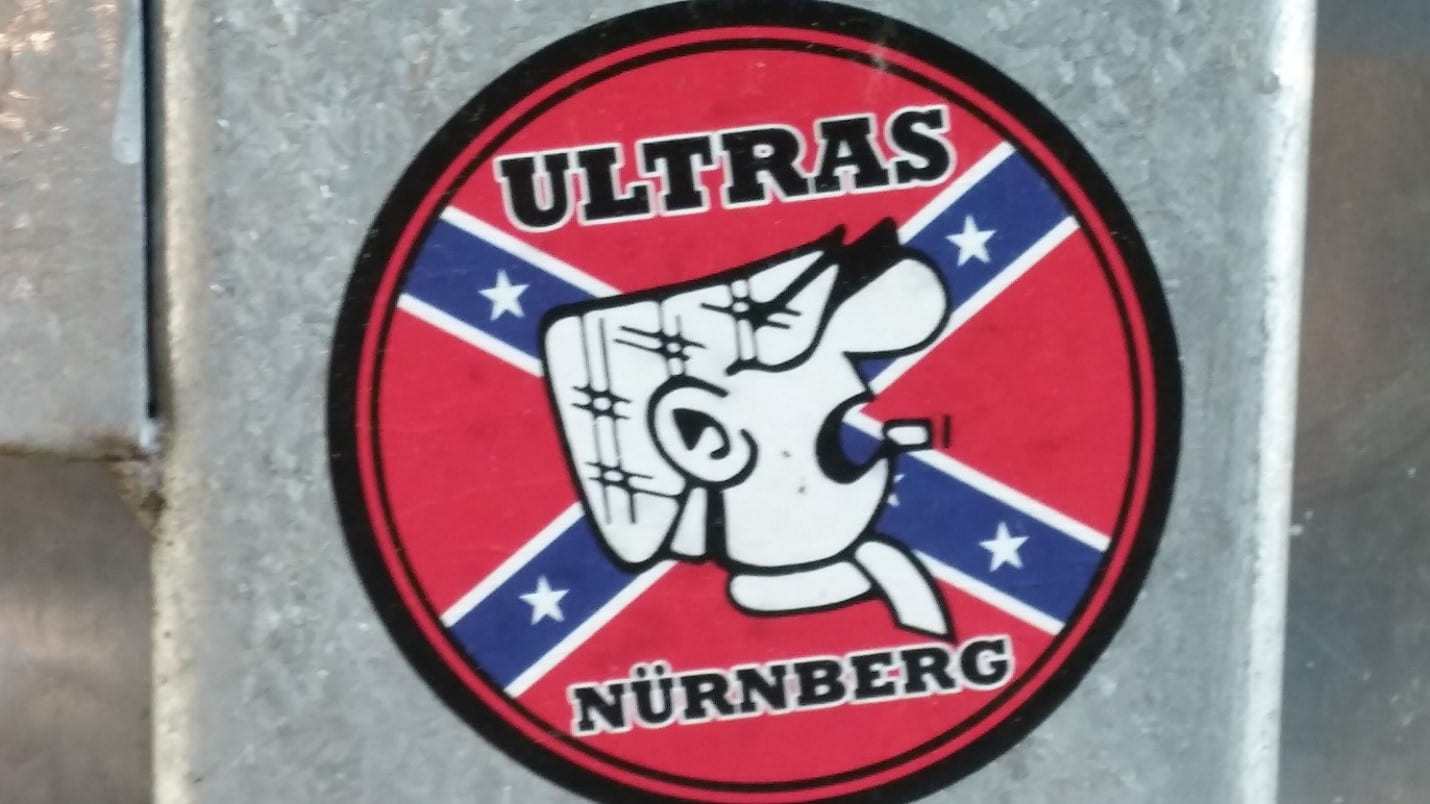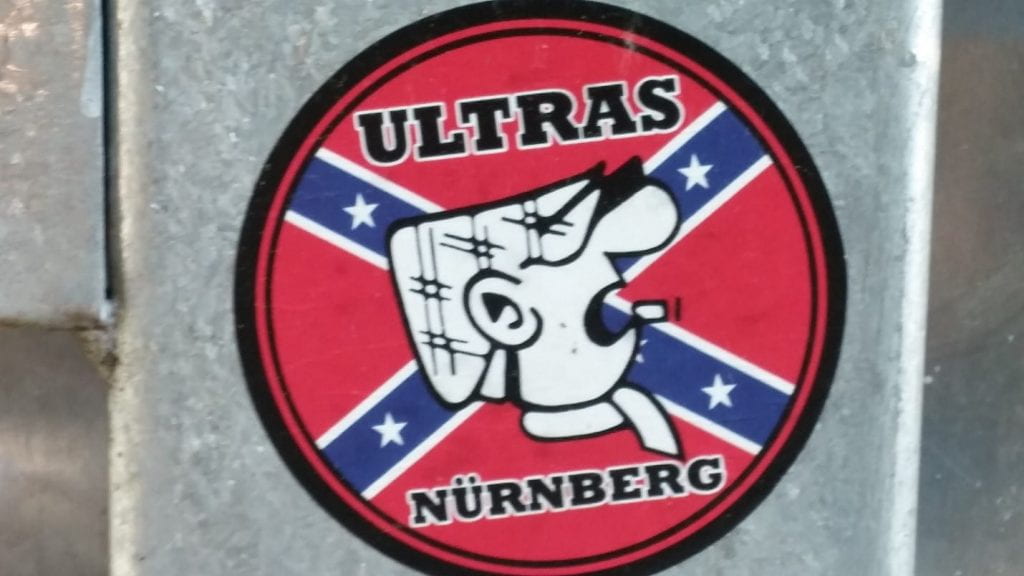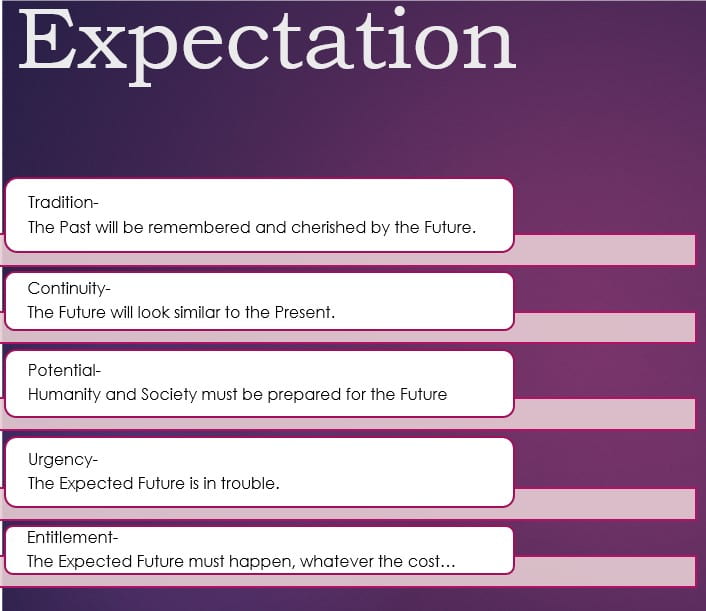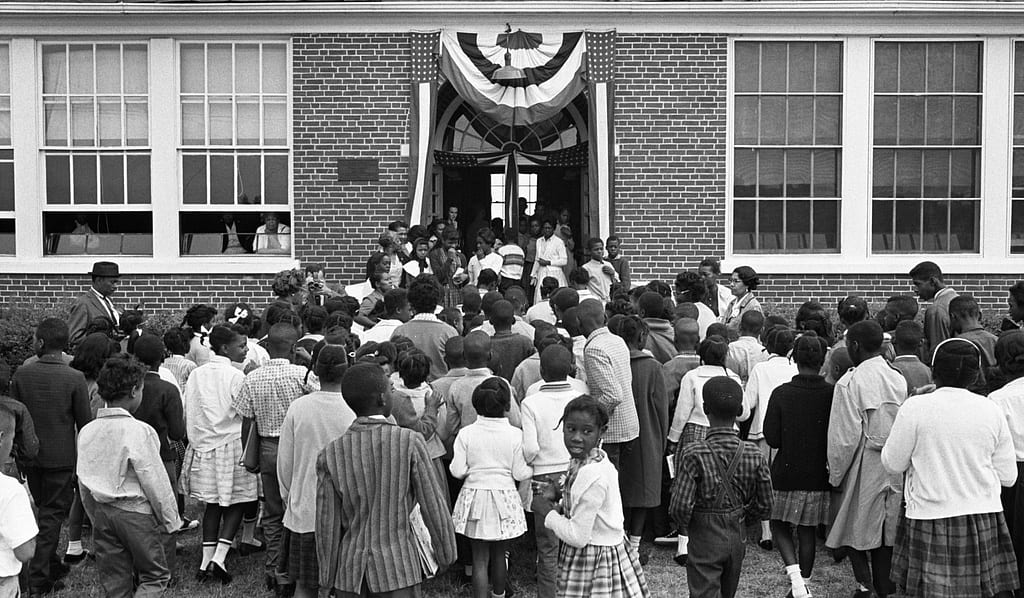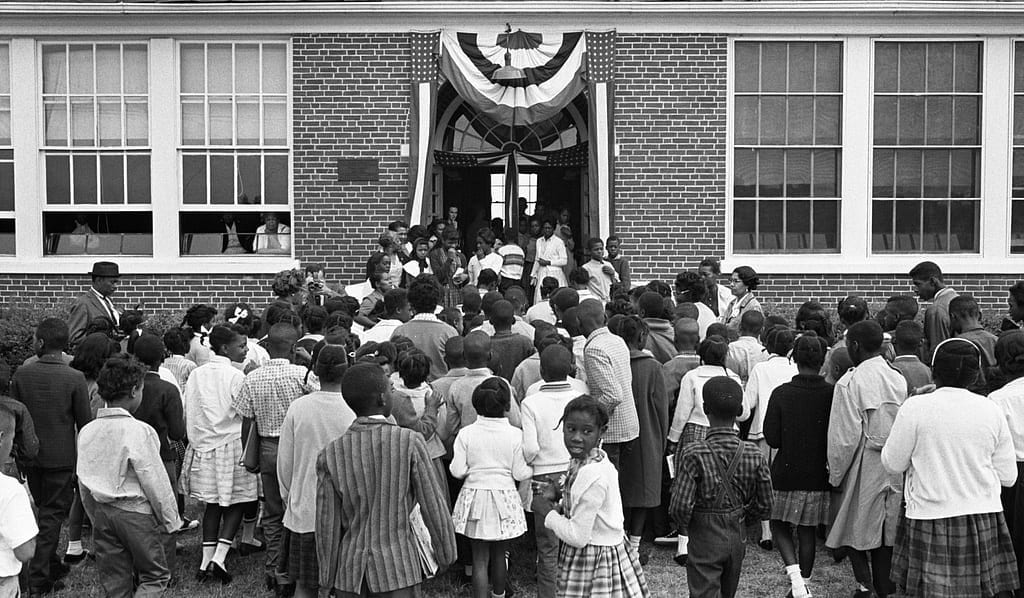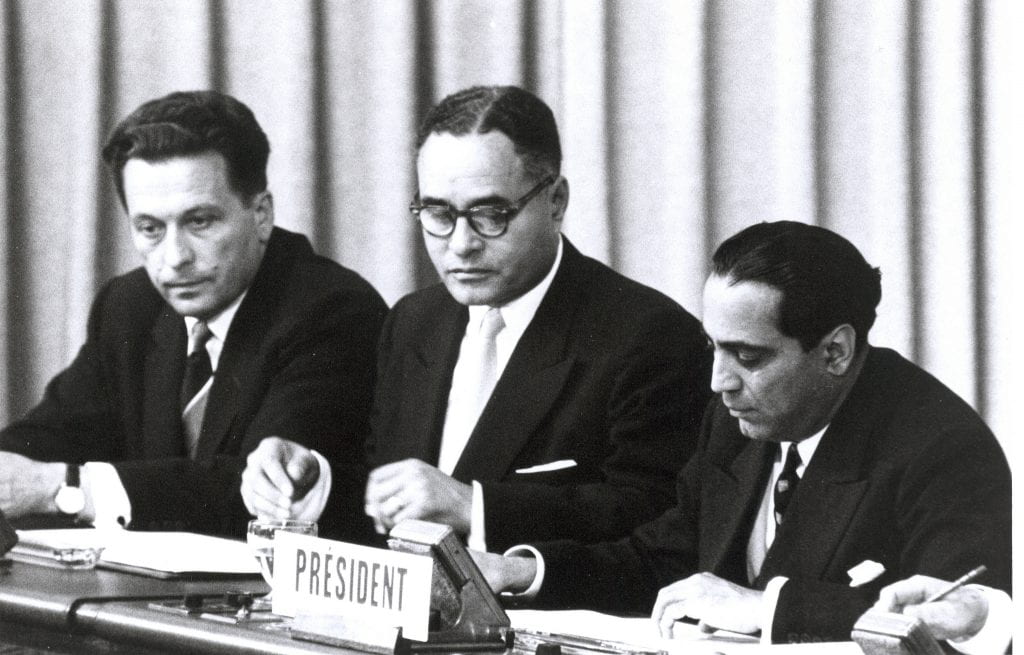
For most people, the importance of the right to an education is not unknown. It’s through education that people gain the skills that they need to be active in their communities, join the workforce, and live their daily lives. While there is certainly division in regard to people’s ideas of exactly how systems of education should work, there continues to be a shared understanding that these systems should exist in some capacity. The importance of the right to an education for people with disabilities is not well known or, at least, not as actively recognized, but it should be.
Background of Disability Rights and Education in the U.S.
The Individuals with Disabilities Education Act (IDEA) took effect as the Education for all Handicapped Children Act of 1975. It was meant to improve the access that children with disabilities have to “a free appropriate public education” and an environment that supports, rather than impedes, that education. Part of IDEA is a requirement that public schools develop an Individualized Education Program (IEP) for each student with a disability who is enrolled. IEPs are created and tailored specifically to the needs of each student, because even people who have been diagnosed with the same disability have differing experiences and face different circumstances. These programs are reviewed every year by the student’s teacher, parent(s), the child themself and a qualified agency representative related to special education. Other individuals can be brought in to review the program at the discretion of the parents or agency involved.
The Americans with Disabilities Act (ADA) was enacted in 1990 and prohibits “discrimination on the basis of disability in employment, State and local government, public accommodations, commercial facilities, transportation, and telecommunications.” Title II of the act requires state and local governments to make their services and resources equally available to people with disabilities. According to Title II, there are architectural standards that suggest buildings should be accessible to all people. Buildings constructed after the act passed are expected to meet these standards upon when they are built, while buildings that were constructed prior to the passing of the act are to be altered. Since the services/resources of state and local governments include public educational institutions, these institutions are expected to meet these standards, which helps to make education more accessible.
Acknowledgement Is Not Enough
Despite the American legislation put in place to ensure educational equality for students with disabilities, there is still a lot of work to be done. Laws have been created but are not always followed.
The Oregon Department of Education, for example, is being sued by Disability Rights Oregon (along with four other legal groups) due to its “lax oversight of special education programs . . . in small, rural communities.” Many schools in the state have been found to give students with learning or behavioral disabilities a shortened school day of only a few hours. The schools have given a range of explanations for shortening student’s school days, from saying that they were responding to inappropriate behavior (some of which is related to the symptoms of the students’ disabilities) to teachers saying they had a feeling that “it was going to be a bad day.” In many cases, the students would be able to get through a normal school day if they had the resources they need. They simply have not been given the opportunity to try. The lawyers involved in the lawsuit wrote, “Some children who are subjected to shortened school days due to their disability-related behaviors are eventually denied any instruction at all.” This is a denial of their right to an education and it cannot continue.
The seclusion and unfair treatment of students with disabilities in the U.S. is not limited to Oregon. According to the U.S. Department of Education Office for Civil Rights, more than 36,000 students were secluded during the 2015-2016 school year, and 66% of those students were students with disabilities, despite only making up 12% of all students enrolled. Students with disabilities also make up 26% of those who received out of school suspension and 24% of those who were expelled. Part of the problem is that the federal government does not currently have any actual regulations related to the seclusion of students with disabilities. It merely suggests that seclusion be used if a student is a physical threat to themselves or others and that the seclusion should end when the student is no longer a threat. Due to its impact on students’ access to their education, this issue needs to be dealt with as quickly as possible.

An International Problem
This problem can be found around the world. In Nepal, for example, children with disabilities are far from having their educational needs properly met. In 2011, Human Rights Watch (HRW) estimated that more than 207,000 of the country’s children have disabilities. In 2016, 30.6% of children with disabilities were not attending school. In some cases, the students with disabilities who are enrolled in school are kept in classes that are completely inappropriate for their age group. According to HRW report on the situation, one sixteen-year-old named Amman was placed in Class 2, where his classmates were between the ages of seven and ten years-old. His disabilities are physical, limiting his movement and speech but not his mental development. The school has steps at its entrance with no ramp available, forcing Amman to crawl to his classroom. He was not able to use the restroom during the six hours school was in session, so another student would have to go to his house and get his mother to come to the school and help. Not only is this an immense barrier to Amman’s access to his education, but it also an utterly dehumanizing way to treat someone.
The country is not ignorant of the fact that people with disabilities have a right to an education. In 2010, the country even ratified the United Nations’ (UN) Convention on the Rights of Persons with Disabilities, which aims to promote and improve the access to the rights of people with disabilities around the world.
Recent Developments
Though many problems still exist in the field of education for people with disabilities, progress is being made. On January 17, 2019, the U.S. Department of Education announced plans to “work with schools to reduce incidents of improper restraint and seclusion of students with disabilities”. They will use “compliance reviews” of school systems under suspicion of improper restraint and seclusion of students and “offer guidance on obligations under federal civil rights law.” According to Elizabeth Hill, spokesperson for the Education Department, they plan to do more than 70 interviews each year.
Disability Rights Are Human Rights
In public conversations about human rights, people with disabilities are often left out or overlooked. It is important that we intentionally work towards being more inclusive.
Article 24 of the UN Convention on the Rights of Persons with Disabilities (which the United States has still not ratified) focuses on the right to education. According to the document, countries associated with the UN are expected to “ensure an inclusive education system at all levels and lifelong learning”. This involves making sure that people with disabilities are not kept separate from the rest of the education system and receive the support they need.
In addition to acknowledging the right to education for people with disabilities, Article 24 includes an explanation of why education is incredibly vital, both in general and specifically in the lives of people with disabilities. Education facilitates the development of one’s view of others and themselves, their personality, their creative talents, their mental and physical abilities, and their ability “to participate effectively in a free society.” These developments shape the role that each individual plays in the world, making education an absolutely priceless and fundamental human right.
Resources at UAB
Students at the University of Alabama at Birmingham can contact the campus’s Disability Support Services (DSS) to request accommodations through their website or at 205-934-4205. This process involves completing an online application, submitting documentation of their disability, and having an Accommodation Planning meeting. Accommodations that are often used include reduced distraction testing, extended time on exams, note-taking services, assistive technology, and captionists/interpreters.
Keep up with the latest announcements related to the upcoming Symposium on Disability Rights by following the IHR on Facebook, Twitter, and Instagram.

